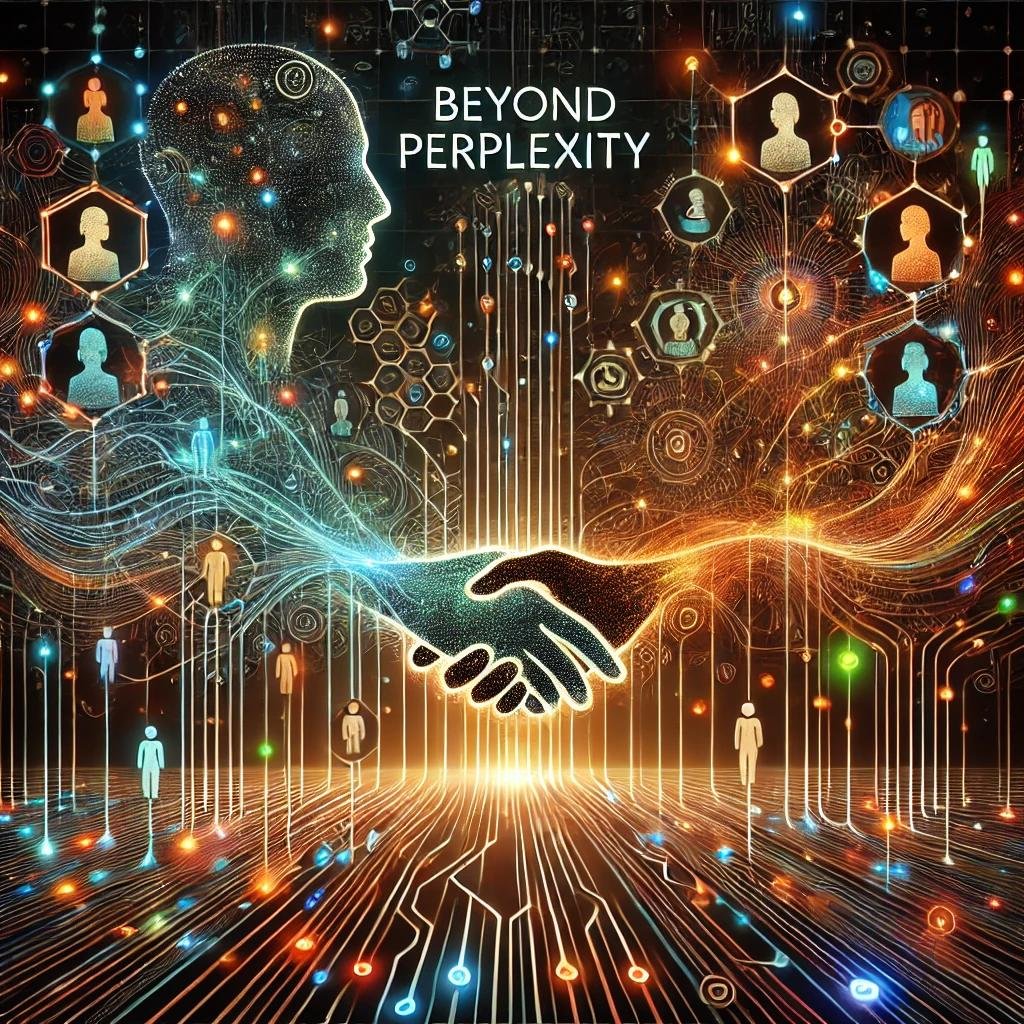Beyond Perplexity
How eCairn Bridges AI Insights and Human Expertise
One of the most critical domain for Generative AI providers is SEARCH.
Recently, ChatGPT has entered the market with extended search capabilities, positioning itself as a direct competitor to Perplexity, … which was one of the first to tackle this use case.
While these tools are undeniably advancing, one significant hurdle preventing them from displacing Google and dominating the search engine market is trust. Too often—far more frequently than many users realize—these systems produce hallucinations i.e false information that erodes confidence in their results.
One fundamental flaw lies in how these services integrate search and generative AI, essentially stitching the two together without rethinking the paradigm. This approach misses the mark for several key reasons:
Search Queries vs. Prompts: Traditional search engines like Google and Bing are optimized for search queries. Prompts, however, are conversational and context-rich, requiring a different paradigm to process effectively.
Output Expectations: Search engines generate a concise list of the most relevant internet resources for a human to read and verify. Generative AI, by contrast can synthesize information from a much broader dataset, making it ill-suited to the narrow focus of conventional search results.
Trust Through Verification: In the search model, trust is built through user verification—humans cross-check the results provided by the search engine. Generative AI shifts this responsibility to itself, requiring a different mechanism to ensure credibility.
In the following, I’ll demonstrate how eCairn reintroduces the human perspective into generative AI-powered search. By leveraging the insights and expertise of influencers within specific verticals, eCairn delivers answers that are not only more focused but also deeply rooted in the knowledge and opinions of industry leaders. Additionally, we offer a bridge to connect and converse directly with these experts.
—————————————————————————————————————————————————————————————
To illustrate this, we’ll compare responses to the question “Is Mistral losing the game against Llama and other LLMs?” as answered by ChatGPT, Perplexity, and eCairn.
Let’s start with ChatGPT
ChatGPT
The response is powerful but static and general-purpose. As you can see on the left, the sources used to create the response was mainly TechCrunch and an arXiv article describing Mistral 7B.
Perplexity
I prefer Perplexity's response. It stands out by tapping into a wider range of diverse sources, relying less on mainstream media. Additionally, its response is more technical, providing specific performance metrics that add depth and credibility.
Now let’s look at the eCairn version:
eCairn
As a background, eCairn’s response, in this example, is built mining data and activity from ~20 000 thought leaders and influencers in Artificial Intelligence.
Focusing on the content, we can see clear differences in the answer:
Extra Level of Trust: Not only are the sources explicitly listed, but users can also see the KOLs who have reshared or endorsed these sources, reinforcing their credibility.
Human Connection: eCairn offers the ability to extend the search into a human conversation by connecting directly with experts through their social media profiles. This feature turns static insights into dynamic engagement, significantly enhancing the research experience. As an example, when you click on the picture of Tanishq Mathew Abraham, you open the link https://x.com/iscienceluvr/status/1816134703763554318 and can engage with a conversation with this AI leader about the new Mistral release.
Practical Insights: the answer provides more actionable intelligence compared to general-purpose tools by integrating domain-specific expertise from thought leaders.
Niche Relevance: Leveraging social media influencers/KOL content provides a unique angle, bringing in fresh perspectives from the field, ensuring the insights are relevant and specialized. We can run the same question to, let’s say a Venture Capital “tribe” and will get a completely different answer with references to VC influencers.
Diversity of Sources: Incorporates content from blogs, Substack, and Twitter to capture real-time trends and community opinions.
What’s next ?
We are still in the early days of integrating generative AI into how we access and process information, and the opportunity for innovation is immense.
In my opinion, the builders of AI solutions currently rely heavily on data and content originally created for a world designed around human consumption. I see this in each and every field where I am working: clinical trial , CRM , webpages, and even search directories have all been built pre-AI.
These systems were built to structure and display information for human readers, not to optimize ingestion by AI. This approach is inherently transitional. The true potential of AI lies in the evolution of data production itself.
In the coming years, we can expect data to be reengineered specifically for AI, optimized for machine comprehension rather than human analysis. This includes transforming complex datasets like clinical trials, CRM records, or search directory algorithms into structures purpose-built for AI models. Such a shift will unlock entirely new possibilities, enabling AI to generate insights with unprecedented depth, precision, and relevance.
Once again we have to think differently.
@dominiq







